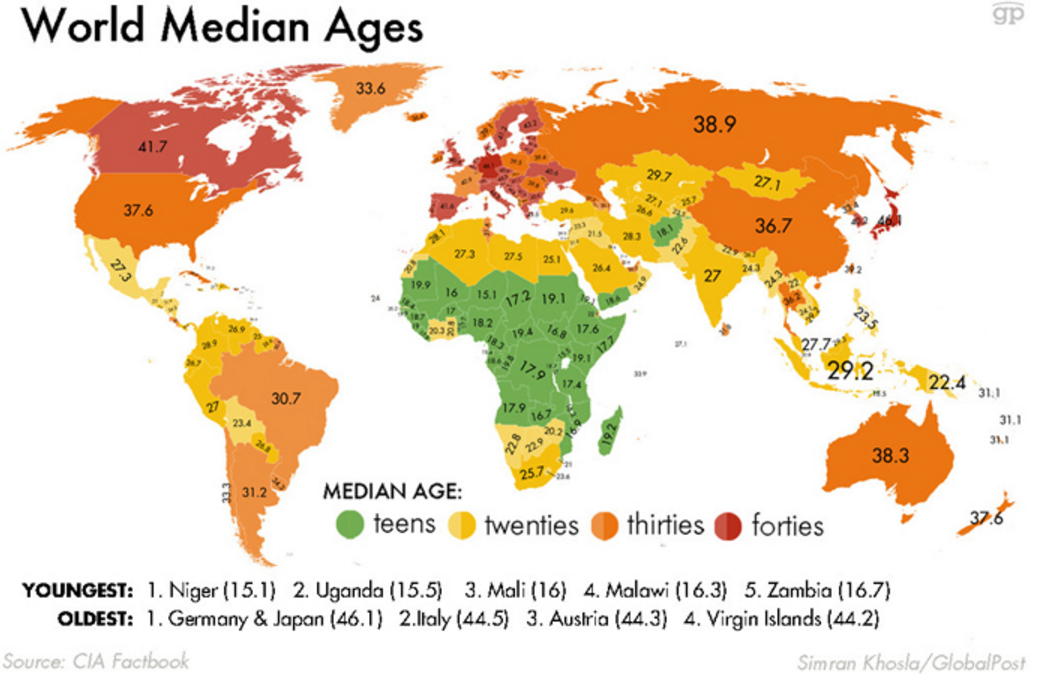Este blogue pode ser percorrido, pode ser pesquisado, e uma das constantes, ao longos dos anos, foi o convite permanente:
- aos empresários para que aumentem a produtividade apostando no numerador e não no denominador; e
- aos encalhados da tríade - que querem desde a saída do euro (para desvalorização cambial e ganho de competitividade por essa via), até à redução nominal de salários (para ganho de competitividade por essa via) - para que abracem o Evangelho do Valor
Como é que se aumentam os salários e se aumenta a competitividade ao mesmo tempo? Subindo na escala de valor:
A subida bem sucedida na escala de valor permite praticar preços mais altos de forma sustentada e permitida pelos clientes.
.
"Existe mais variabilidade (no lucro, ou na produtividade) dentro de um sector económico, do que entre sectores económicos"
Voltemos à equação dos CUT:
Empresas capazes de praticarem preços superiores, por causa de estratégias e modelos de negócio mais ajustados à realidade, podem pagar salários superiores.
.
Sempre achei que essa era a grande razão para o aumento das desigualdades salariais. Recordo "
Desigualdade e produtividade" e "
Quem é que gosta de viver numa "Reserva Integral"? (parte II)". Agora apanho "
Behind Rising Inequality: More Unequal Companies":
"Workers at the 90th and 99th percentile did see their pay rise much more than median and lower-paid workers over the period. But no such disparity appeared among co-workers at the same firm: the ratio of their pay to their firm’s average remained flat. In other words, everyone at the top companies, from the lowest to highest paid, pulled away from the pack, and everyone at the bottom companies languished."
Uma das explicações avançadas é deliciosa, faz-me logo recordar os empregos do regime em certas empresas que foram "privatizadas" com golden-share:
"There is another, more troubling possibility. Some companies may so dominate their market that they can extract profits over and above what a purely competitive landscape would allow; economists call these excess profits “rents.” Employees at those companies then share in those rents."
BTW, a concorrência imperfeita aspira a criar monopólios informais e, a partir daí,
rendas excessivas:
"Promotor da concorrência imperfeita, dos monopólios informais e das rendas excessivas"
Com as eleições a onda mudou, o pêndulo deixou de ir no sentido de evitar que as empresas fechem para não criar desemprego e começou a viajar no sentido de "que se lixem as empresas e o desemprego, se as empresas não puderem suportar os 600€ de SMN merecem fechar".
.
Talvez seja tempo da sua empresa, se opera no mercado interno, pensar seriamente em rever a sua estratégia.























%2006.21.jpeg)












